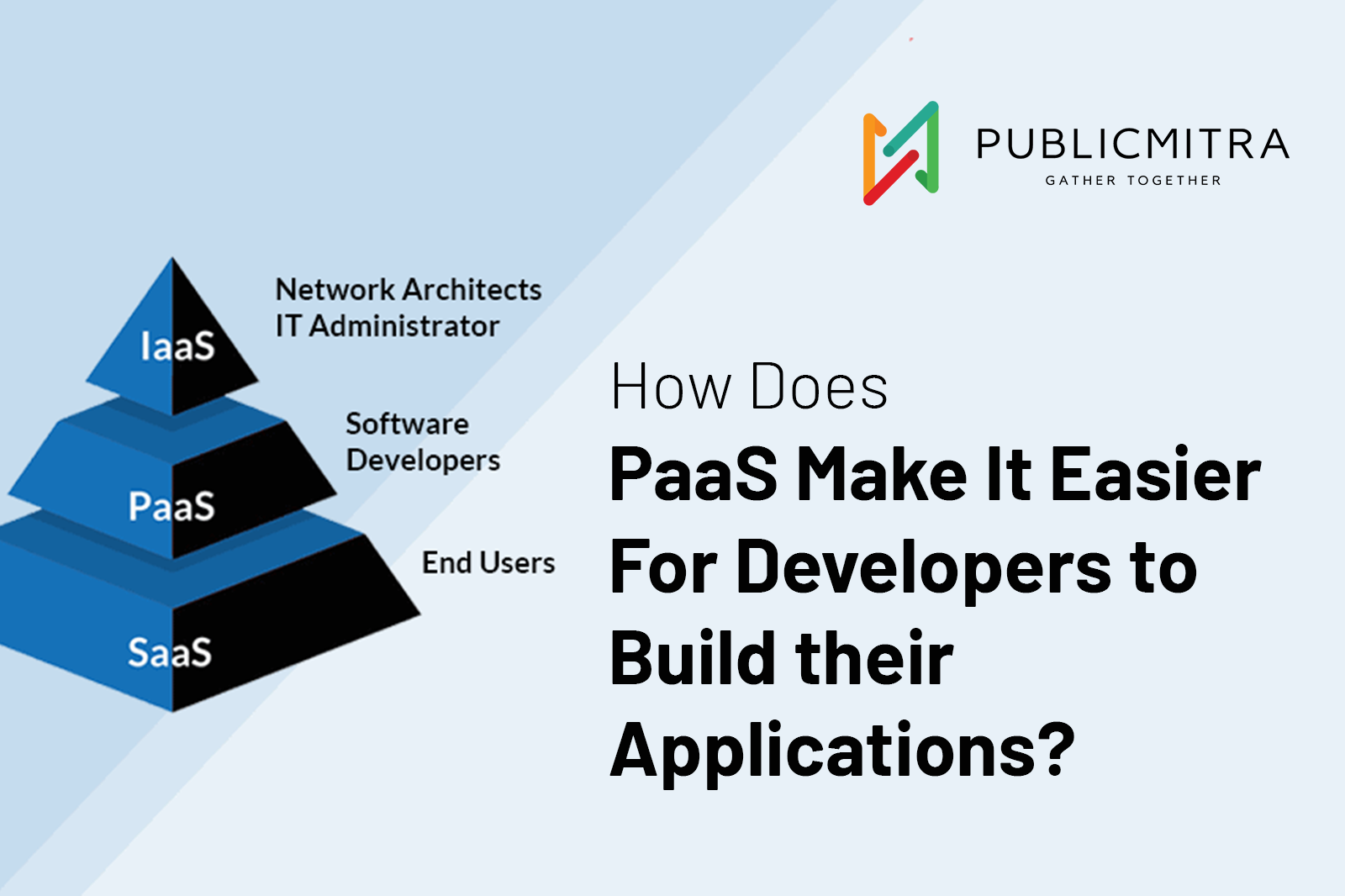How Does PaaS Make It Easier For Developers To Build Their Applications
PaaS is an innovation that has revolutionized the way applications are built and deployed. PaaS, or Platform-as-a-Service, is a cloud computing service model that provides customers with a complete platform and environment including hardware, software, and infrastructure for building, deploying, and managing their applications.
All the infrastructure that is required to develop and run applications over the internet is provided by PaaS. Like their SaaS apps, users can access apps that are customized and built in the cloud. PaaS allows developers to create applications using built-in software components. It provides the developers with a framework upon which they can build develop and customize cloud-based applications.
Various ways PaaS makes it easier for developers to build their applications
1. Infrastructure abstraction – Developers are no longer burdened with the complexities of managing servers, storage, and networking with the abstraction of the underlying infrastructure. This removes a significant barrier to entry for many developers, particularly those who may not have extensive experience with infrastructure management.
2. Development Tools and Frameworks – PaaS platforms typically come equipped with a set of development tools, libraries, and frameworks that streamline the application development process. These tools provide a standardized environment, reducing the need for developers to reinvent the wheel.
3. Automated Deployment – PaaS platforms simplify the process of deploying an application by offering automated deployment solutions. Developers can upload their code, specify the desired runtime environment, and let the PaaS platform handle the rest. This not only reduces the risk of human error but also expedites the release process.
4. Scalability – PaaS platforms are designed to scale applications automatically based on demand. Developers no longer need to worry about provisioning additional resources or dealing with traffic spikes; the PaaS platform takes care of it. This ensures that applications remain responsive and available even under heavy loads.
5. Built-in Services – PaaS providers often offer a marketplace of pre-built services and components that developers can integrate into their applications. These services can range from databases and caching systems to authentication and monitoring tools. Leveraging these services not only accelerates development but also enhances the functionality and reliability of applications.
6. Security and Compliance – PaaS platforms typically provide robust security features and compliance certifications. Developers can leverage these built-in security measures, such as data encryption and access management, to protect their applications and user data. Additionally, adherence to industry standards and compliance regulations is made easier with PaaS.
7. Monitoring and management – PaaS platforms often come with built-in monitoring and management tools. Developers can access real-time metrics, logs, and diagnostics to identify and address issues promptly. This simplifies troubleshooting and ensures a seamless user experience.
8. Continuous Integration and Continuous Deployment (CI/CD) – PaaS platforms seamlessly integrate with CI/CD pipelines, automating the process of building, testing, and deploying code changes. This accelerates the development and release cycle, enabling faster iterations and feature updates.
Platform as a Service (PaaS) has emerged as a game-changer for developers, making it significantly easier to build and deploy applications. PaaS empowers developers to focus on their core mission of creating exceptional applications that deliver value to users. As technology continues to advance, PaaS will undoubtedly play an increasingly vital role in the software development landscape.











